
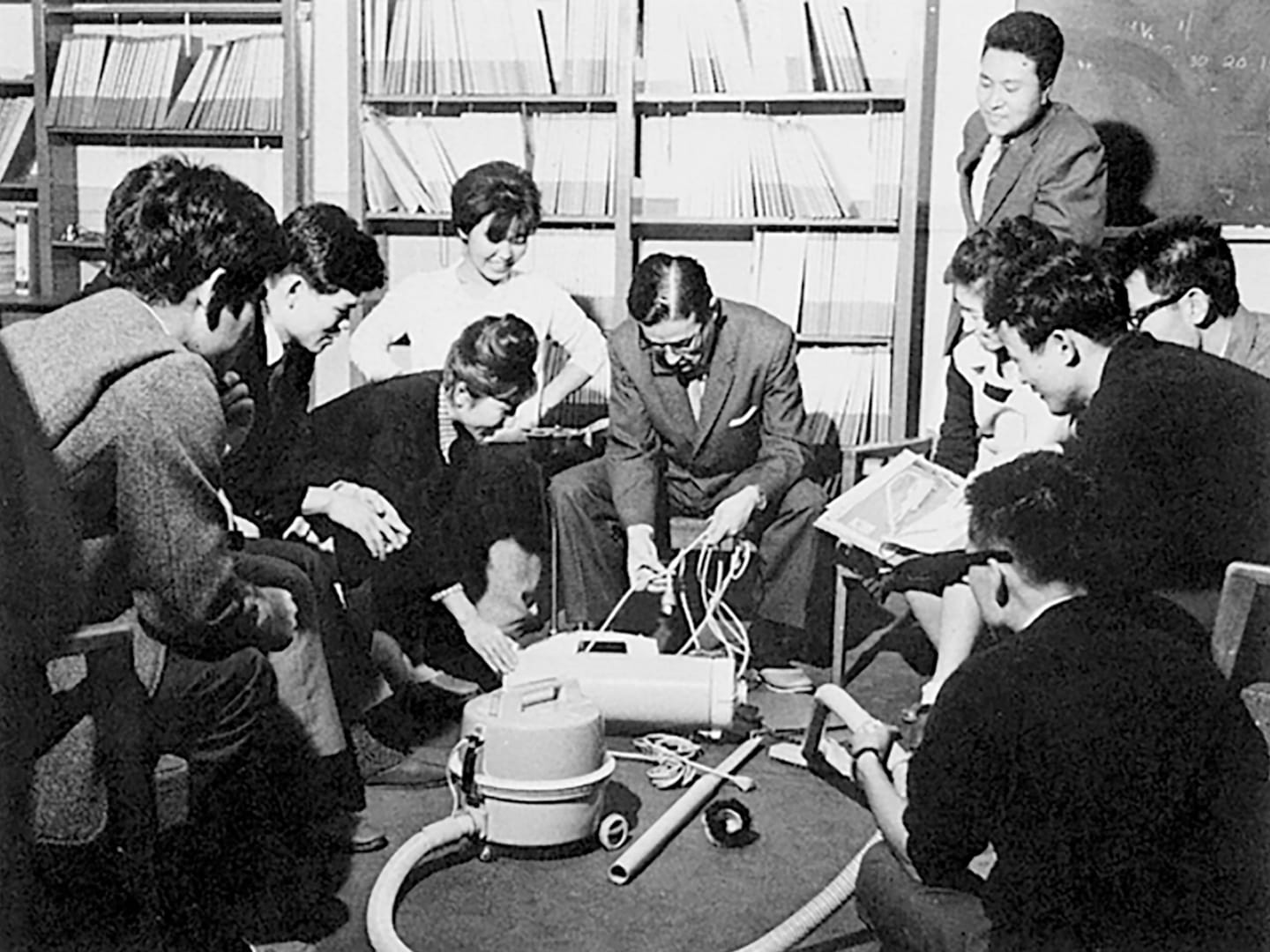
Hitachi established the Design Research Institute in response to the increasing importance of the design of household appliances. We did not stop at the external design of household appliances, but pursued safety and usability and developed materials based on lifestyle research and from the perspective of ergonomics. This commitment to carefully examine people’s lifestyles has become the DNA of design at Hitachi and continues to live on today.
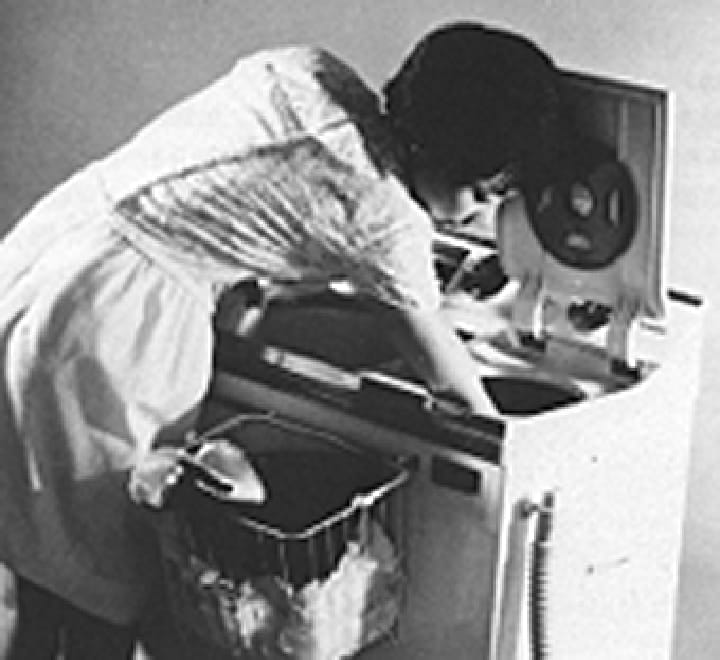
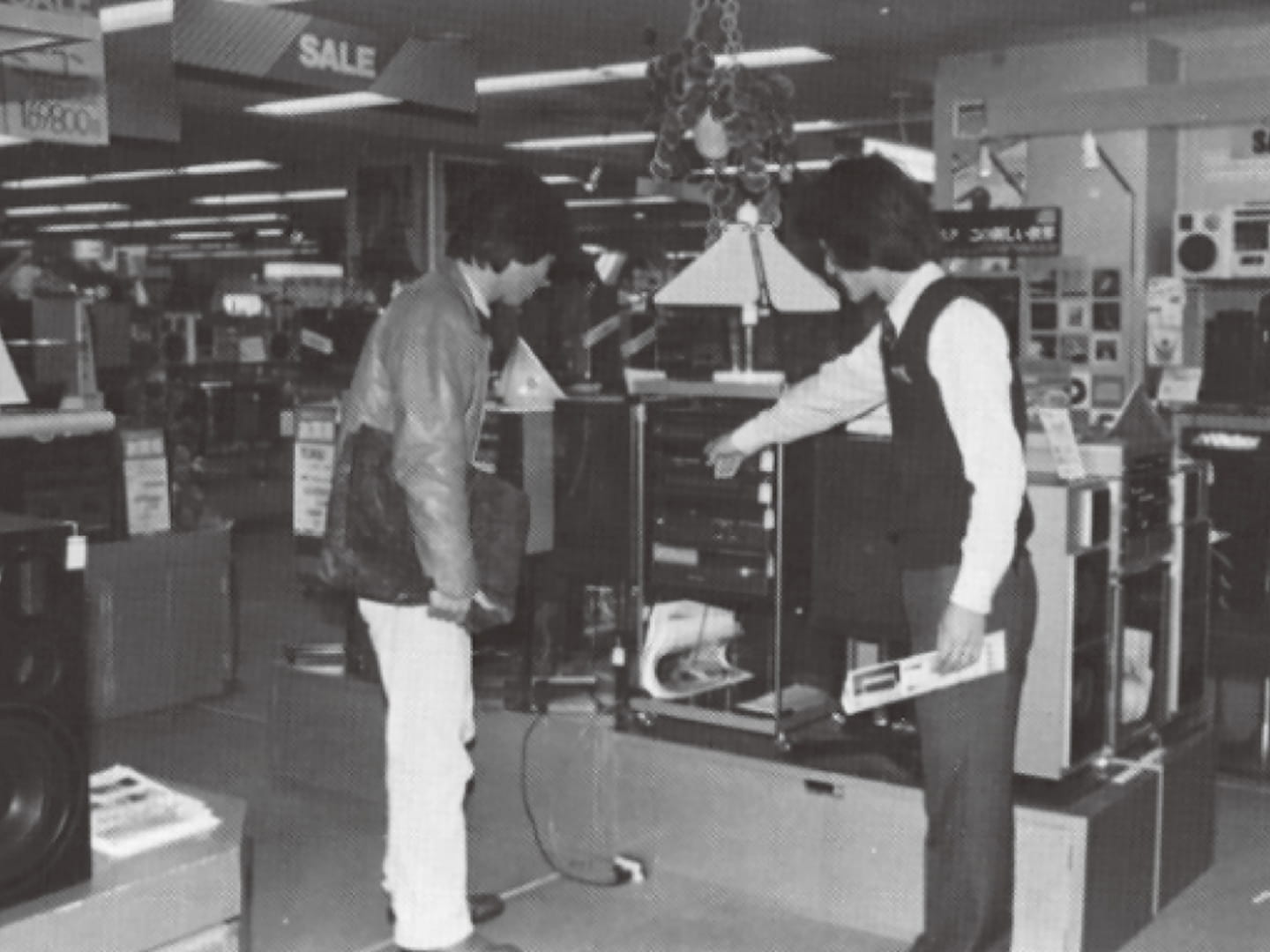
Along with the expansion of the household appliance business during the rapid economic growth era, there was a rise in demand for designs that suit diverse customer needs. Leveraging our over-the-counter sales experiences, we started developing products based on the customer’s perspective and offering products that propose consumer lifestyles, enabling us to achieve robust gains.


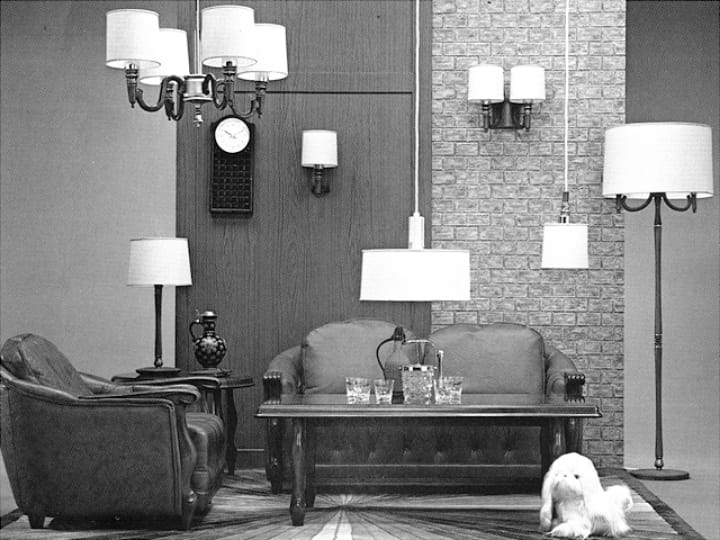
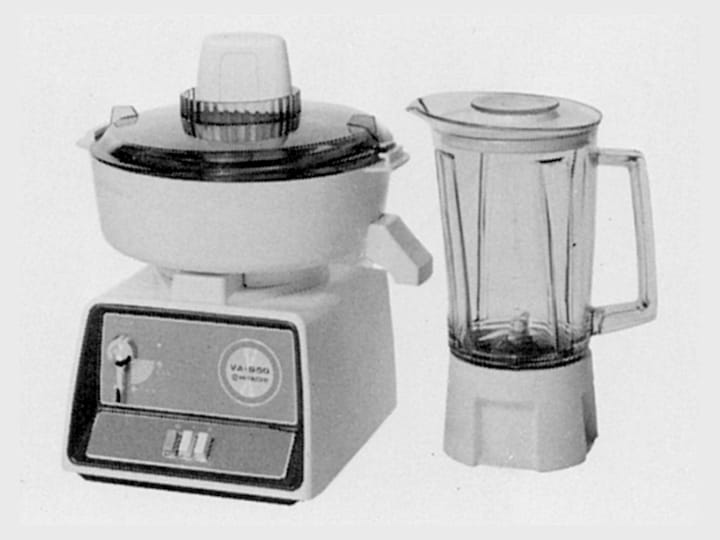

Following the shift to an information-oriented society, there arose a need to consider the “relationship between humans and information,” in addition to the traditional “relationship between humans and devices and between lifestyles and devices,” in design activities. We reinforced our initiatives in usability design and interaction design, hired human resources in new disciplines, such as psychology, ergonomics, and information science, and ventured into communication design.


Hitachi’s central-vegetable-compartment refrigerators sold in 1995 were a big hit. During that time, the common assumption was that the freezer is the next most frequently opened compartment after the refrigerating compartment. Narrowing down the subject of observation from the entire family to the housewife, who spends the longest time in the kitchen, led us to the conclusion that the vegetable compartment is in fact the second most frequently opened compartment.
We then determined the most comfortable position, size, and capacity of the vegetable compartment based on the average height of housewives to create a prototype of the refrigerator. Using the prototype, we conducted user research to verify usability, repeating the process many times to polish the design and eventually commercialize the product.
We received user feedback that the product has led to healthy, vegetable-centered eating habits. We did not stop at a product design based simply on operability, i.e., being able to take vegetables in and out from a comfortable posture without having to bend down. Instead, we went on to deliver the new value of a healthy lifestyle beyond the food-storage function of the refrigerator, which was what the users truly sought.


Hitachi’s approach to ethnography involves entering worksites to observe and understand lifestyles and customs. It is a research method based on cultural anthropology aimed at clarifying the overall picture of actual behaviors of users and consumers, their implicitly assumed sense of values, and their unfulfilled needs and wants. Hitachi has been applying ethnography in the upstream processes of solution creation since 2003. To date, we have applied ethnography in around 200 projects both domestically and abroad across a wide range of domains that include finance and insurance business, power plant construction and maintenance, production and manufacturing at chemical plants, railway car maintenance and operation control, construction equipment maintenance, logistics, and medical services.
In 2009, Hitachi conducted ethnographic research in its maintenance operations for the Class 395 trains in the UK. Railway services are supported by a large number of staff involved in the trains’ operations and maintenance. A characteristic of operation and maintenance services that require extensive experience and knowledge is that the fundamental problems and needs in the field do not easily become apparent. This is because workers rely on tacit knowledge nurtured over many years to solve daily issues, making it difficult for problems to come to the fore.
Careful on-site observation of how railway service maintenance workers carry out inspection, repair, and other activities revealed that they resort to various creative measures in doing their work. In most cases, these measures are based on knowhow cultivated by the maintenance worker and serve as the very key to improving efficiency of maintenance operations. We therefore extracted these on-site knowhow using ethnography and used them to conceptualize the future image for providing IT support and create solutions to improve working conditions and performance of maintenance workers.
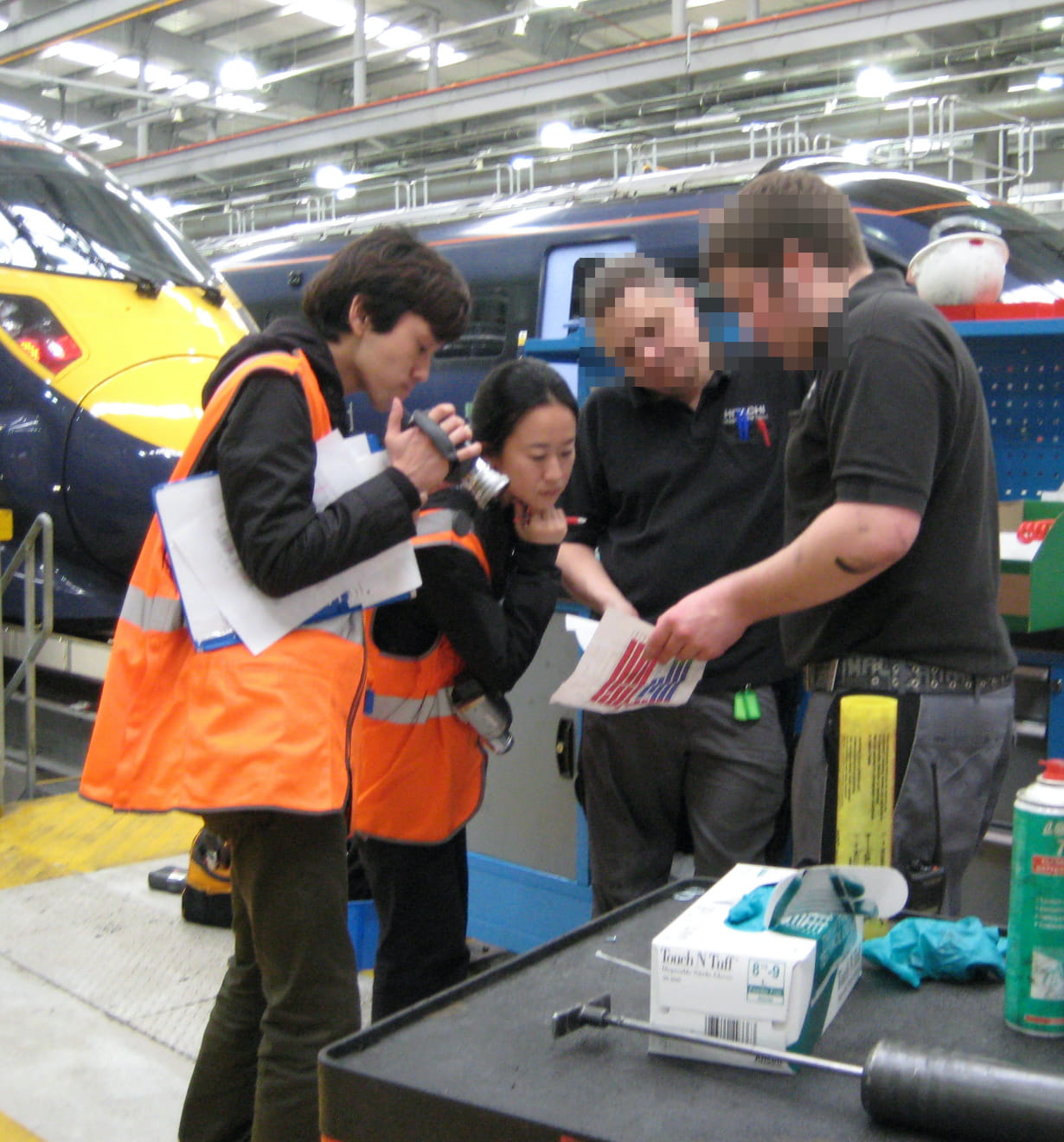

Since the 2000s, Hitachi has been advocating Experience Design for designing user experiences and has been developing a wide range of products and services based on the design thinking process. The picture shows a display used in providing guidance during emergencies at train stations. Thus far, emergency announcements have only been made using text data. By switching to a display that uses train route maps based on the same operation status data, we were able to improve the experience of train station users.
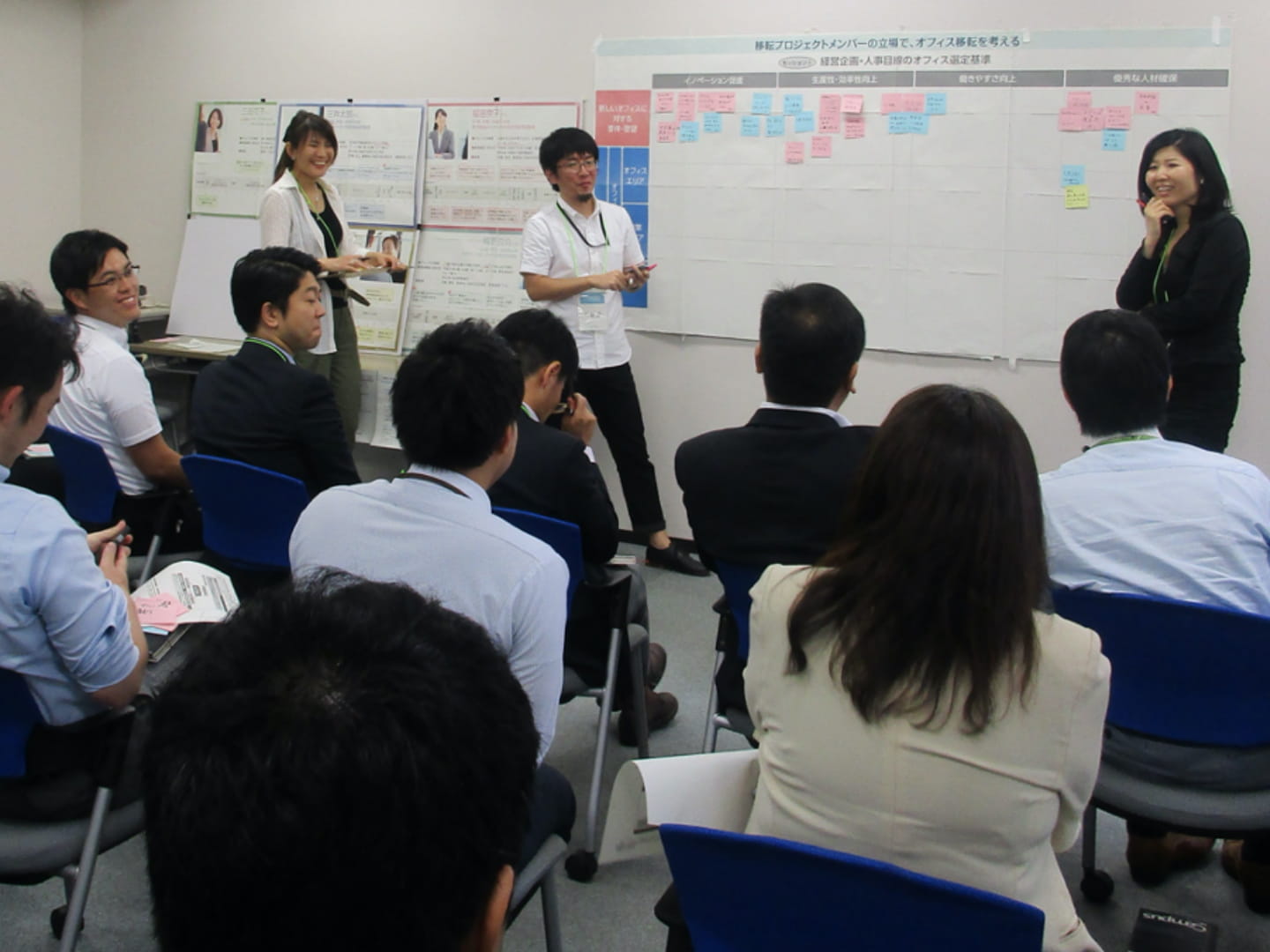
Hitachi developed the “Ex Approach,” an initiative to enhance the customer’s experienced value, and started applying it in the process for constructing customer IT systems.
Building consensus among stakeholders during the business process planning stage before defining the actual system requirements enabled the construction of systems that do not require reworking and the improvement of service value, among numerous improvement achievements.
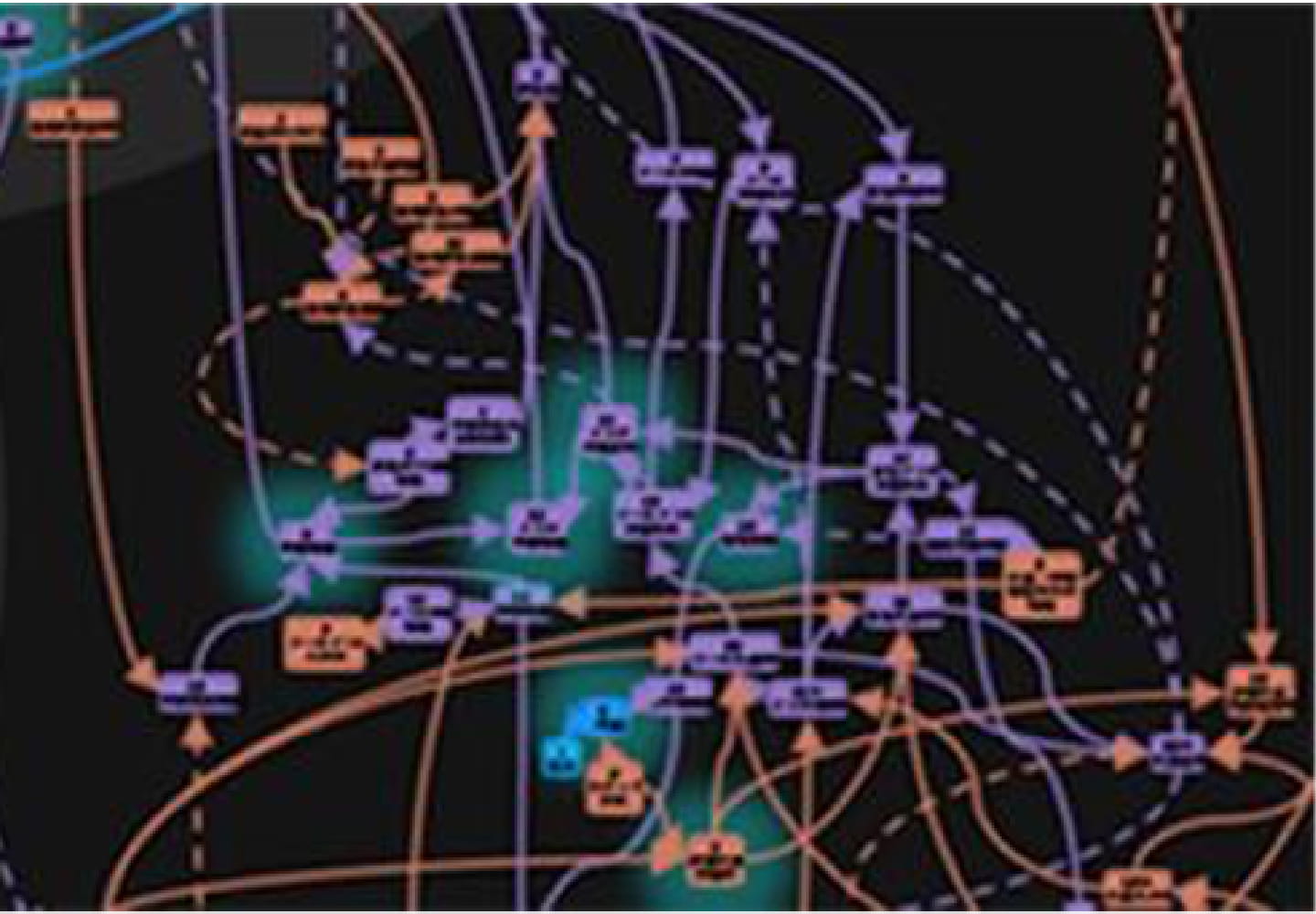
Since the 1970s, Hitachi has pursued research on information systems by expanding the target work processes to include services and businesses and conducting research on service engineering for the technical design and evaluation of services and businesses. These have led to the development of digital tools for business conceptualization, business model design, business feasibility simulation, and workshops for NEXPERIENCE.

We consolidated the “human-centric” design thinking approach we have thus far nurtured and applied in various fields, including household appliances and social infrastructures.
We combined it with knowledge in the fields of humanities and social sciences and with service engineering utilizing digital technologies to systematize them into the NEXPERIENCE co-creation methodology.
Together, let’s conceptualize a brighter future while leveraging advanced digital tools and knowhow on the use of digital technologies. Let’s bring together each other’s independent, free, and exciting ideas.
This is the message we want to convey through NEXPERIENCE.
Let’s make our future brighter with Digital Technology and Design.
Let’s create a bright future together!
